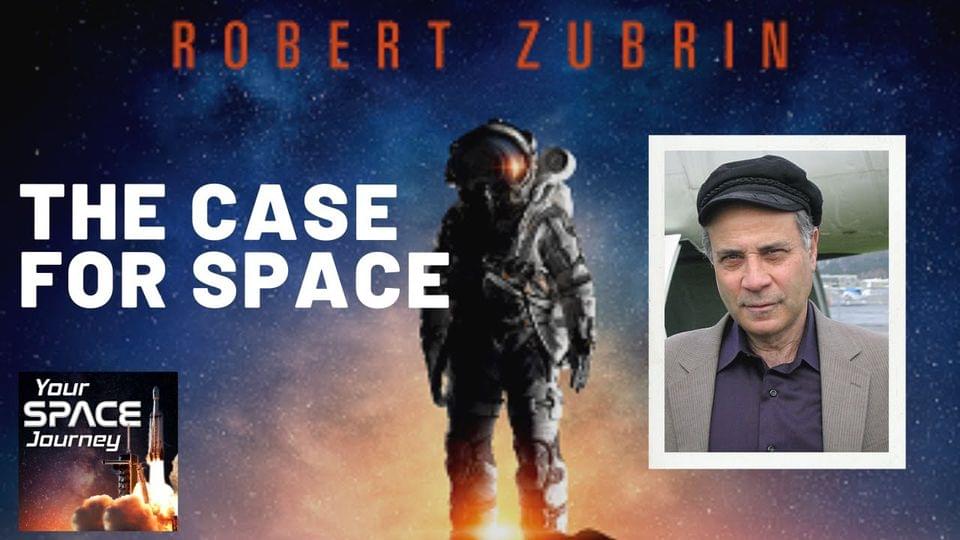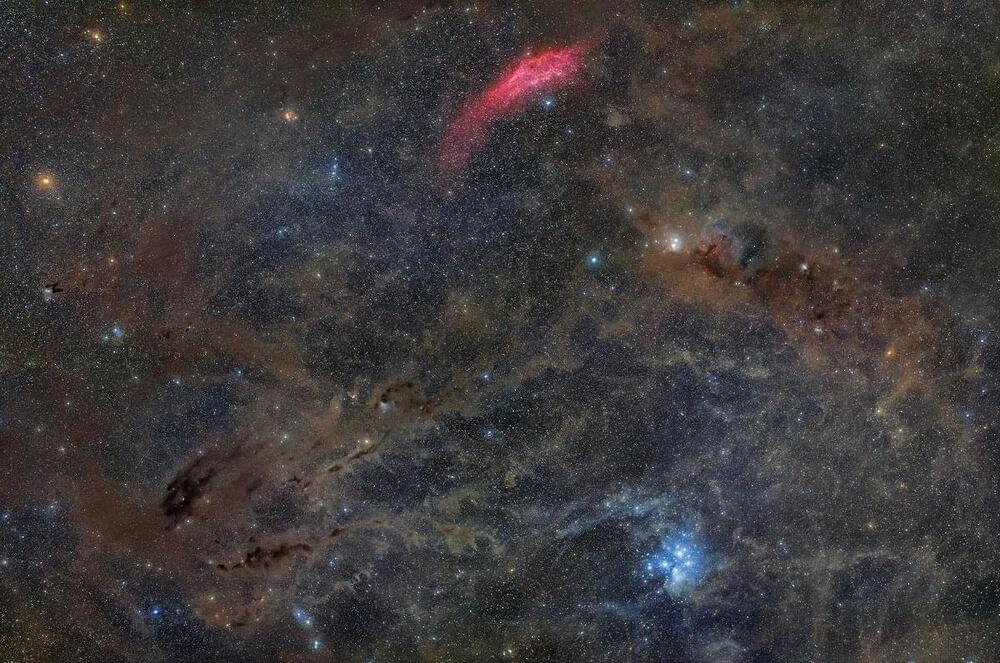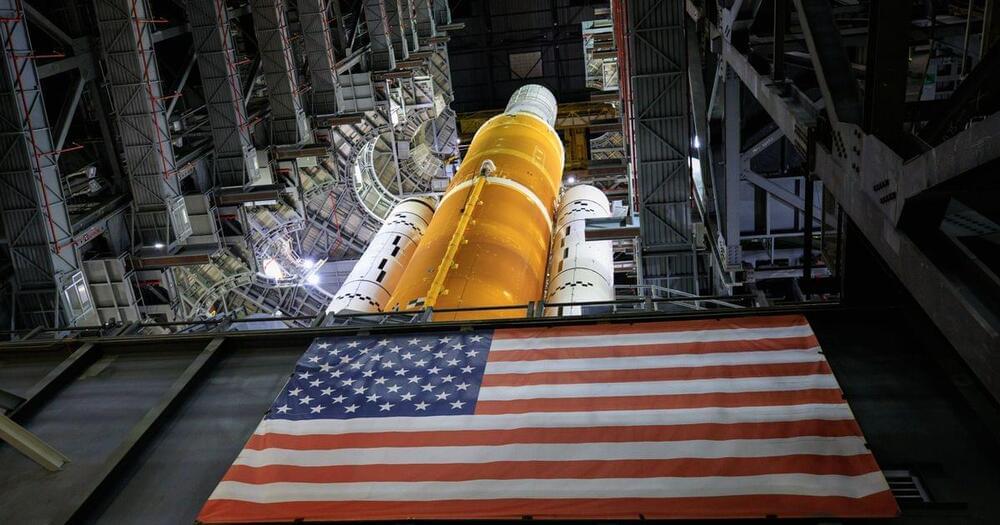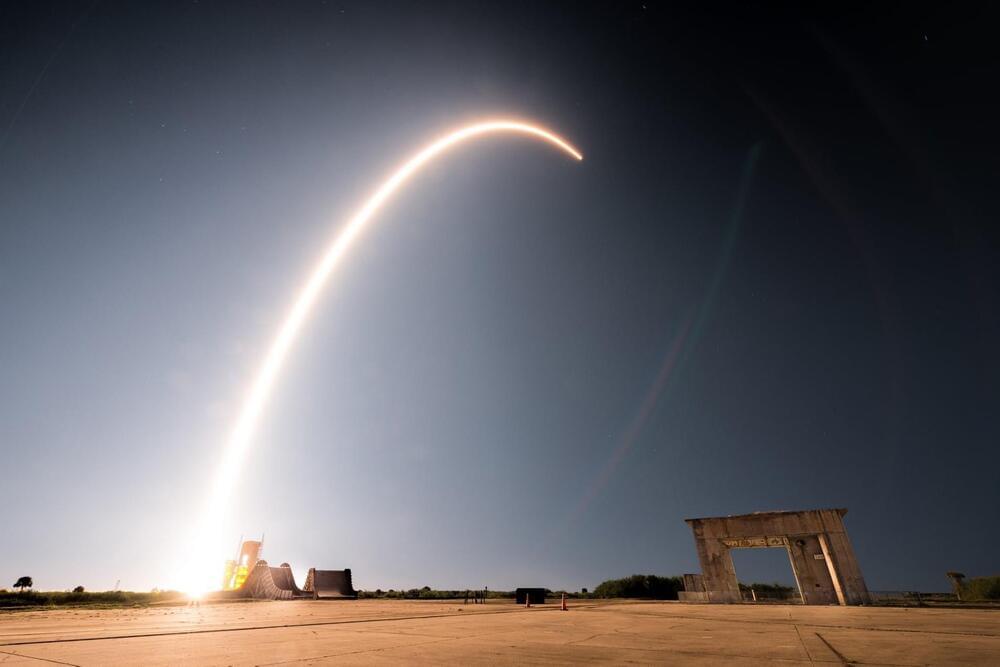A new video upload. Why the story of Asimov’s Foundation is relevant today.
Can our civilization collapse?
Apple TV has released a new TV series, Foundation, based on Asimov’s book series by the same name.
The story tell about civilization collapse and how scientists who’d predicted the fall can help to soften the fall.
In this video we will review how this story can be relevant to our civilization right here Earth. And what some foundations and organization are doing about it.







